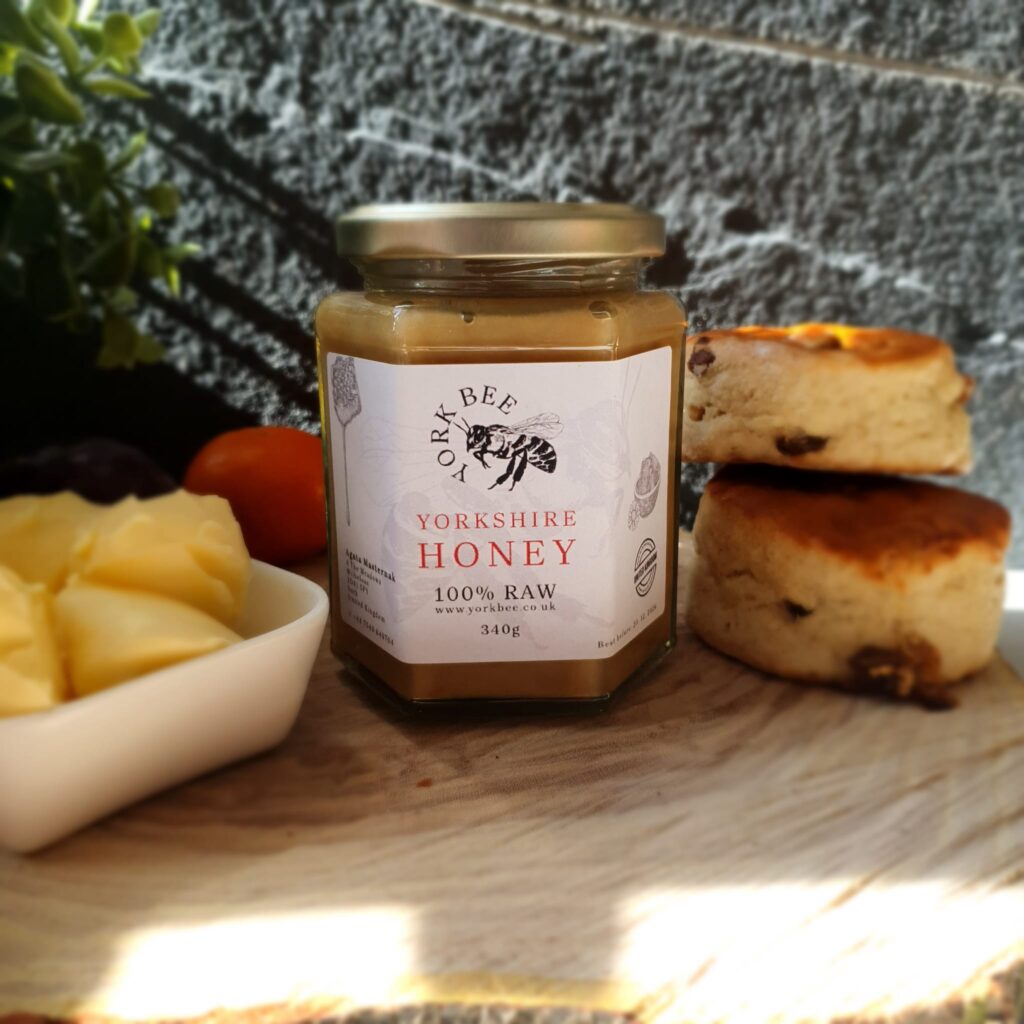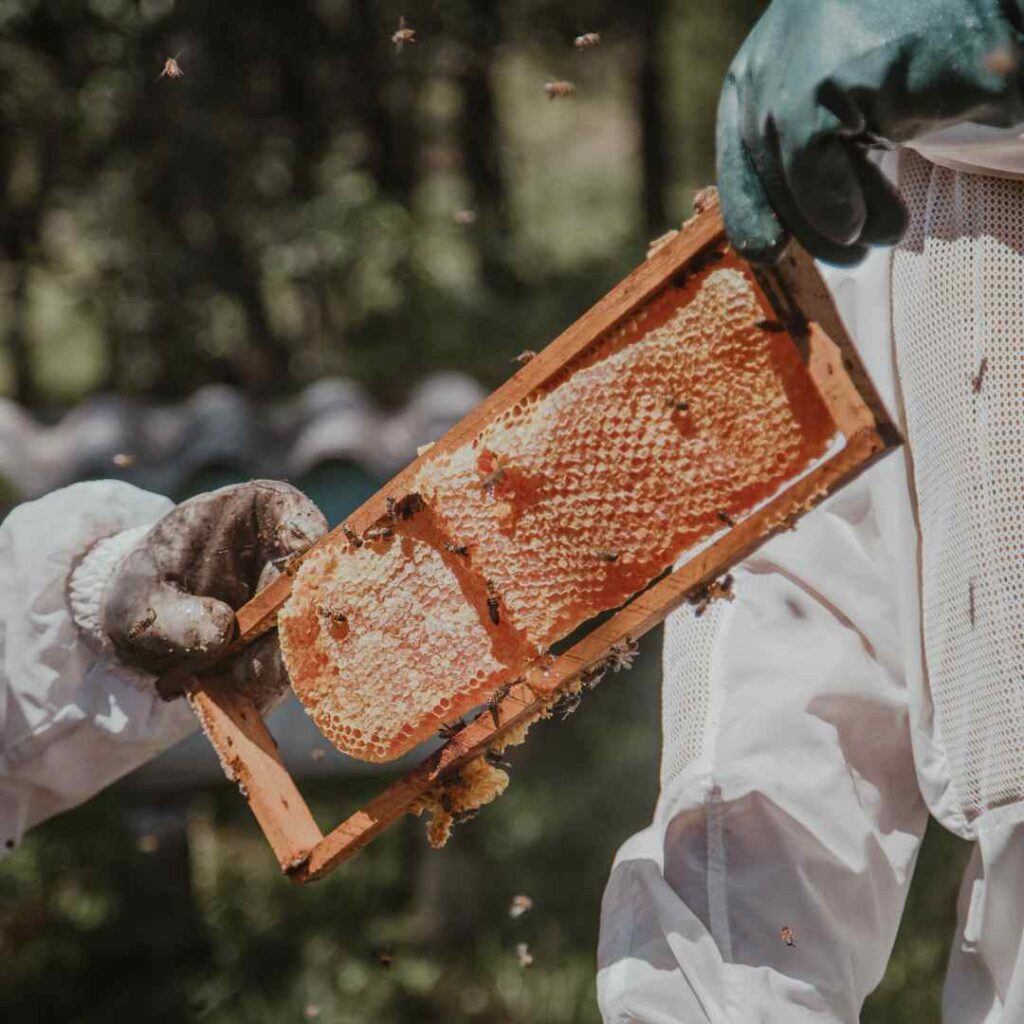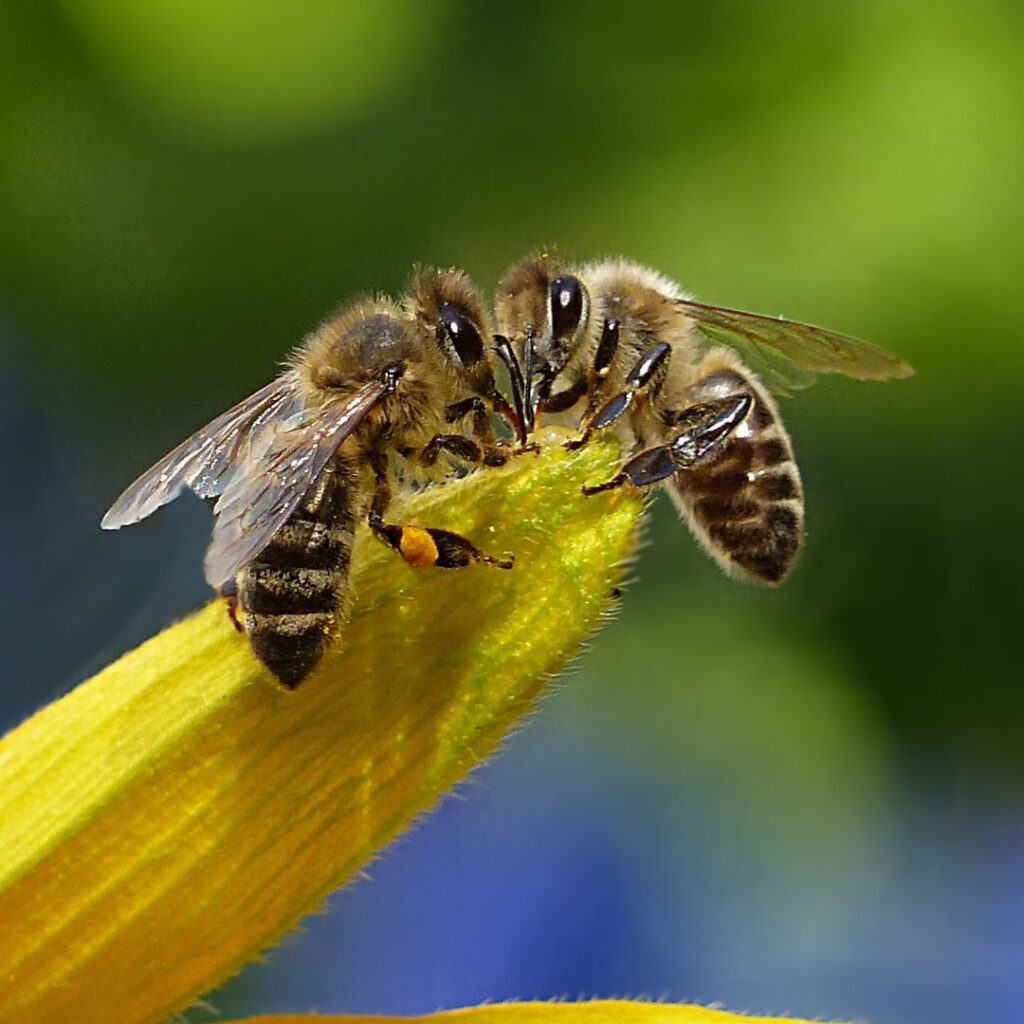10 favourite flowers for small gardens to attract Honey Bees
Ten favorite flowers for small gardens to attract Honey Bees Ten favorite flowers for small gardens to attract Honey Bees Ever thought – how do I attract honey bees, or maybe you have ever thought that you might do something to help. We all are. As humans we are compationed and happy (normally) to help others. So, even if you have a small garden, there are flowers which you can plant to help out our little insects throughout the year. Bees need pollen and nectar in order to supply themselves with food. They are important as from pollen they are gathering proteins and carbohydrates. To conclude – small gardens in rural or even urban areas can offer a great source of food for our pollinators and still look superb. British Beekeepers Association which names those flowers which are bees’ favourite and can nourish our little friends. I have found a leaflet done by the British Beekeepers Association which names those flowers which are bees’ favourite and can nourish our little friends. According to BBKA, Hellebore species and hybrids (called by others as Christmas Rose) and H. orientalis (lenten rose) are popular. Tolerant of most conditions, they prefer moist, well drained alkaline soil in dappled shade. They can grow well in pots. Second one will be Galanthus nivalis, commonly called snowdrop. Those are delicate little flowers bravely flowering in early spring, often covered in snow, but a vital source for pollen and nectar. Add to basket Gift Set-Natural Honey & Candle – Yorkshire Rated 0 out of 5 £39.99 Add to basket 100% Raw Pure Blossom Honey with lemon Rated 0 out of 5 £9.99 Add to basket 100% British Blossom Honey with Raspberry Rated 0 out of 5 £9.99 Sale! Add to basket Raw Honeycomb Pure & Natural-straight from the hive Rated 0 out of 5 £10.99 £7.50 Salvia species Another one to name will be Salvia species. If you’d decide to choose it for your garden, they can be pruned in spring and look striking in a border. Salvias are sun-loving plants and good drainage is essential for the survival of almost all salvias. Crocus species (winter-flowering) brings you delightful splashes of vibrant colour in spring. Easy to grow and look beautiful in containers or in groups on a lawn. An early source of pollen for the bees. Echinacea Echinacea is a good choice for some gardens. This daisy-like flower is a long-flowering border perennial which is easy to grow and it is growing effortlessly. It is an excellent plant for the small bees., rich in nectar through late summer and autumn. Choice number six (this is not in particular order) would be a plant called cosmos. Cosmos are also very easy to grow and have edible flowers. Simply scatter the seeds and these freely flowering annual plants will spring up. A good choice is cosmos bipinnatus. Rudbeckia laciniata The seventh will be Rudbeckia laciniata. Striking larger plants with tall upright stems, divided foliage and many single yellow flowers in late summer. Plant is easy to grow if given full sun or partial shade and a moderately fertile soil that is moist, but well-drained. Sedum species As we already know, honey can be used as a substitute for sugar and it is sweet. The flavour and texture may not be the same when you make the swap. Proportions of the substitute are like that: for one cup of honey, you should use 1 and ¼ cup of sugar and ¼ cup of additional liquid such as water (it might be a certain type of alcohol as well) or a liquid that is in the recipe. Different type of swap is one cup of honey, can be exchanged by ½ cup of sugar and ¾ cup of corn syrup. Sedum species Next one will be the Sedum species. There are many varieties of sedum plants, which make them suitable for almost all types of gardens. Sedums are hardy, easy to care for and make great cut flowers. Sedum spectabile, differently called ice plant, is a good choice as well. Lavender angustifoli Number 9 on our list is the lavandula species. Lavender angustifolia is a truly superb plant. Not just to add colour and scent into the garden (hey, that is a lavender) but it is also a good choice and superb plant. Lavender is ideal for a mixed border, but it also makes a fantastic edging plant. Lavender really needs sun, well-drained soil and dislikes wet, especially in the winter. Verbena species The last but not least will be verbena species. Verbena will thrive in full sun, well drained soil and relatively dry conditions. Verbena officialis is a good choice for long lasting blooms during the summer. It has tall, fragrant flowers on rigid stems and will attract many pollinators. Add to basket Gift Set-Natural Honey & Candle – Yorkshire Rated 0 out of 5 £39.99 Add to basket 100% Raw Pure Blossom Honey with lemon Rated 0 out of 5 £9.99 Add to basket 100% British Blossom Honey with Raspberry Rated 0 out of 5 £9.99 Sale! Add to basket Raw Honeycomb Pure & Natural-straight from the hive Rated 0 out of 5 £10.99 £7.50
10 favourite flowers for small gardens to attract Honey Bees Read More »




